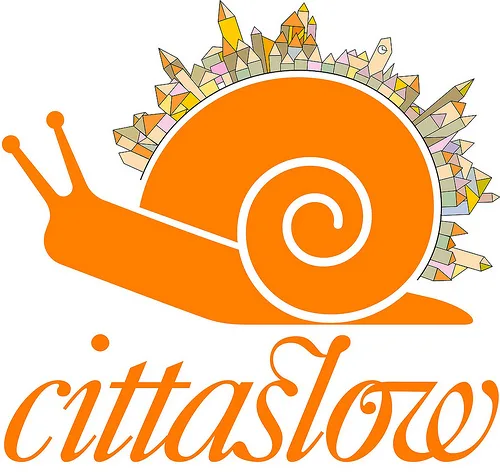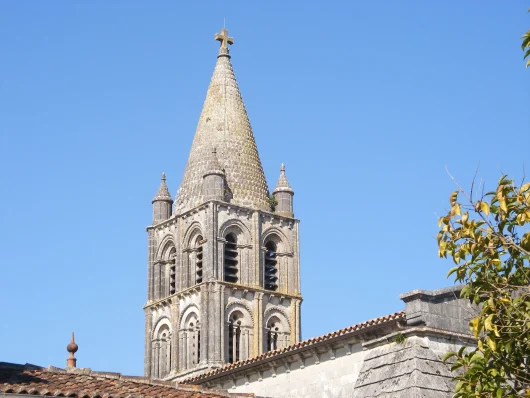Segonzac. The origin of the Gallic word is strength or courage. When you approach the town from the valley of the Charente, it stands like a sentry at the foot of the hills; its high belltower seems to watch over its peaceful surroundings. Several archaeological digs have dated the first dwellings at 5000BC. The Hundred Years’ War was extremely violent; the countryside was devastated and the inhabitants slaughtered.
Protestantism
This was the historical event that had the greatest effect on the region. The inhabitants were true believers and a first reformed church was founded as early as 1558.
The temple, Rue Millardet
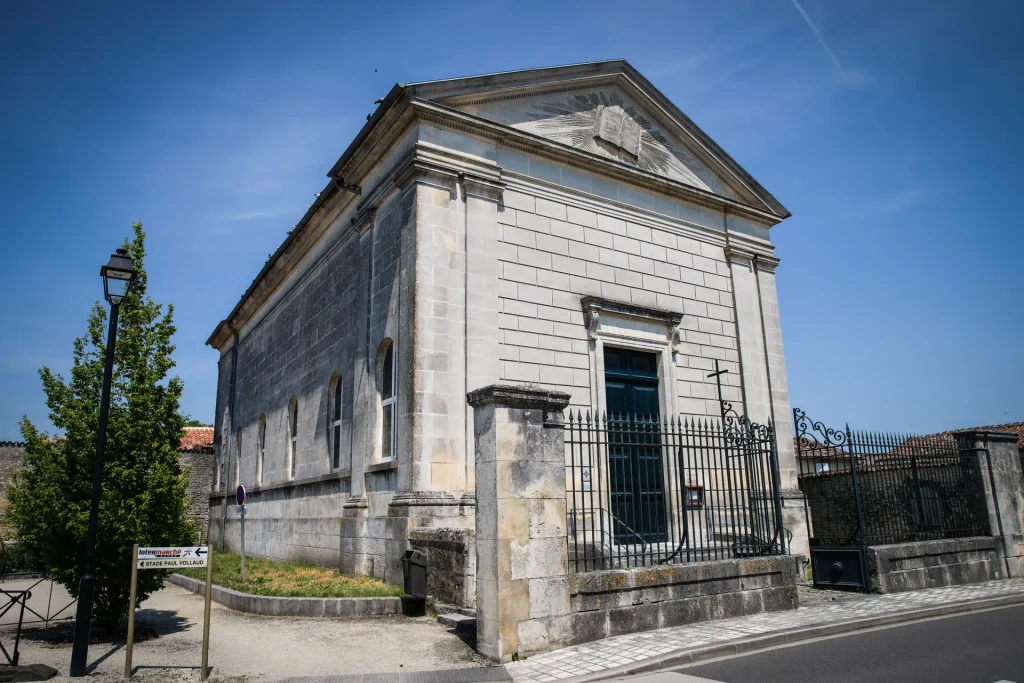
The current temple was the successor to two earlier buildings and was constructed between 1864 and 1869.
Its monumentality demonstrated the importance of the Protestant community in the region.
An open bible was sculpted on the pediment. It reads: “Heaven and earth may pass away but my words will never disappear …”
The Saint-Pierre church
The Saint-Pierre church, in the heart of the town, is the oldest and most important monument in Segonzac.
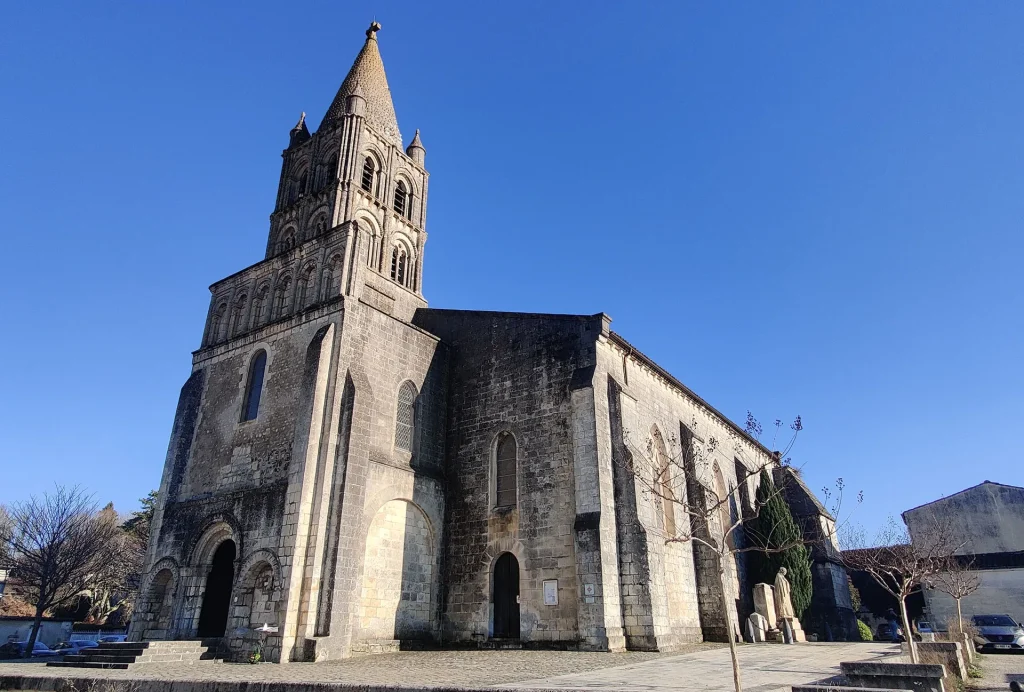
The oldest part of the church is the front wall of the porch-tower and dates from the 9th and 10th centuries.
Destroyed during the Hundred Years’ War, the church was generously rebuilt by Count Jean d’Angoulême, grandfather of François 1st in a gothic style. The choir dates from this period.
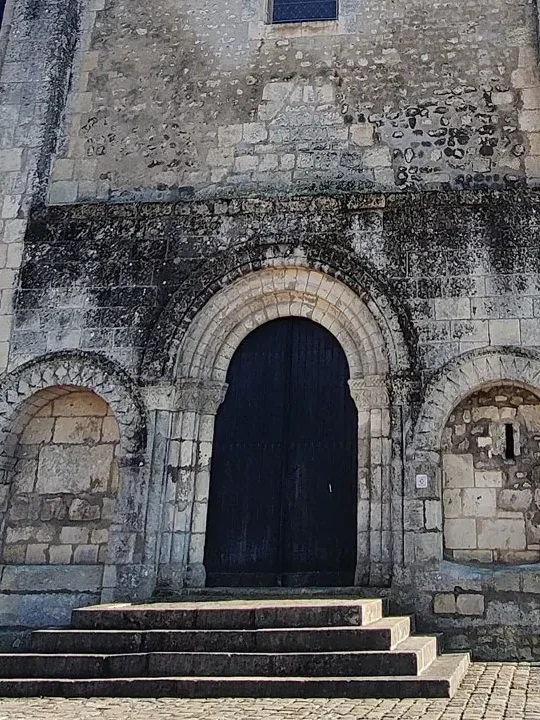
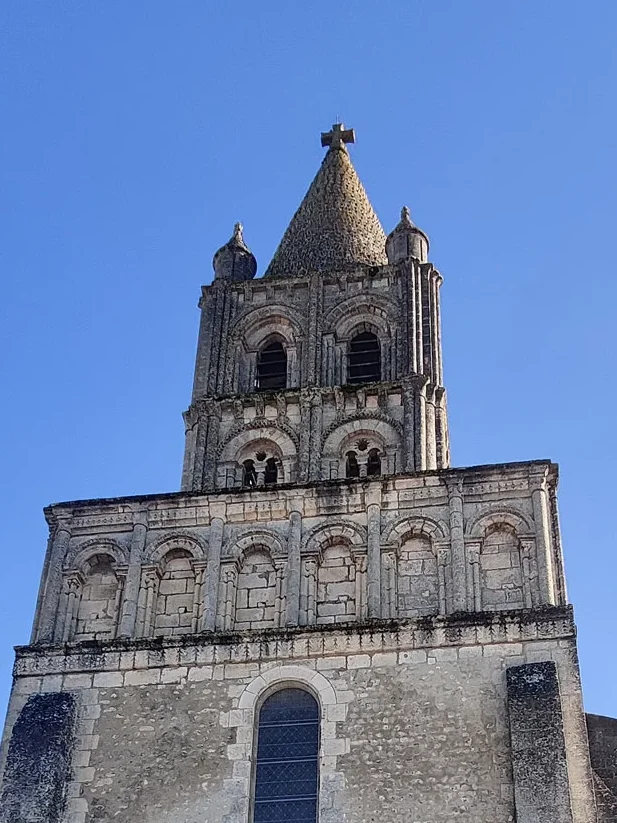
This church was set fire to in 1562 during the Wars of Religion.
It wasn’t until 1862 that it was restored and that the church took on its current appearance.
Segonzac,
Capital of Premier Cru cognac
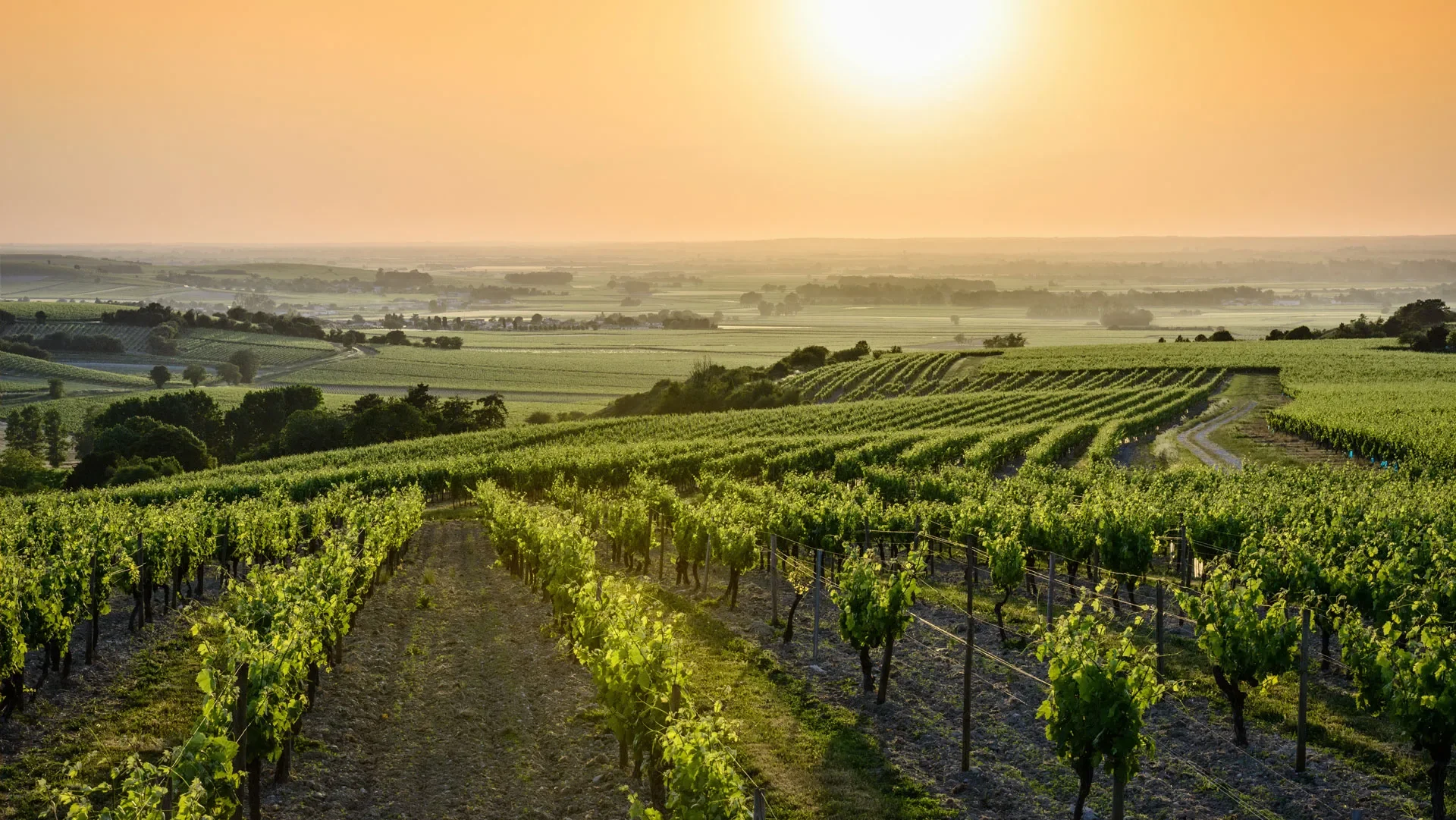
Hidden behind a degree of modesty that is contradicted by the wealth of certain buildings, the town has real pride in being capital of Grande-Champagne, known for the quality of its eaux-de-vie.
The territory covers 3,518ha, of which 1,890 are vines; it produces the most famous eau-de-vie : Grande-Champagne cognac.
Grande-Champagne and Petite Champagne are characterised by the soft, chalky soils of the Upper Cretaceous period.
Why do we say Champagne?
In Old French, the term “champaigne” derives from the Latin “campania” meaning countryside or open plains. Thus it describes flat land, bare of trees.
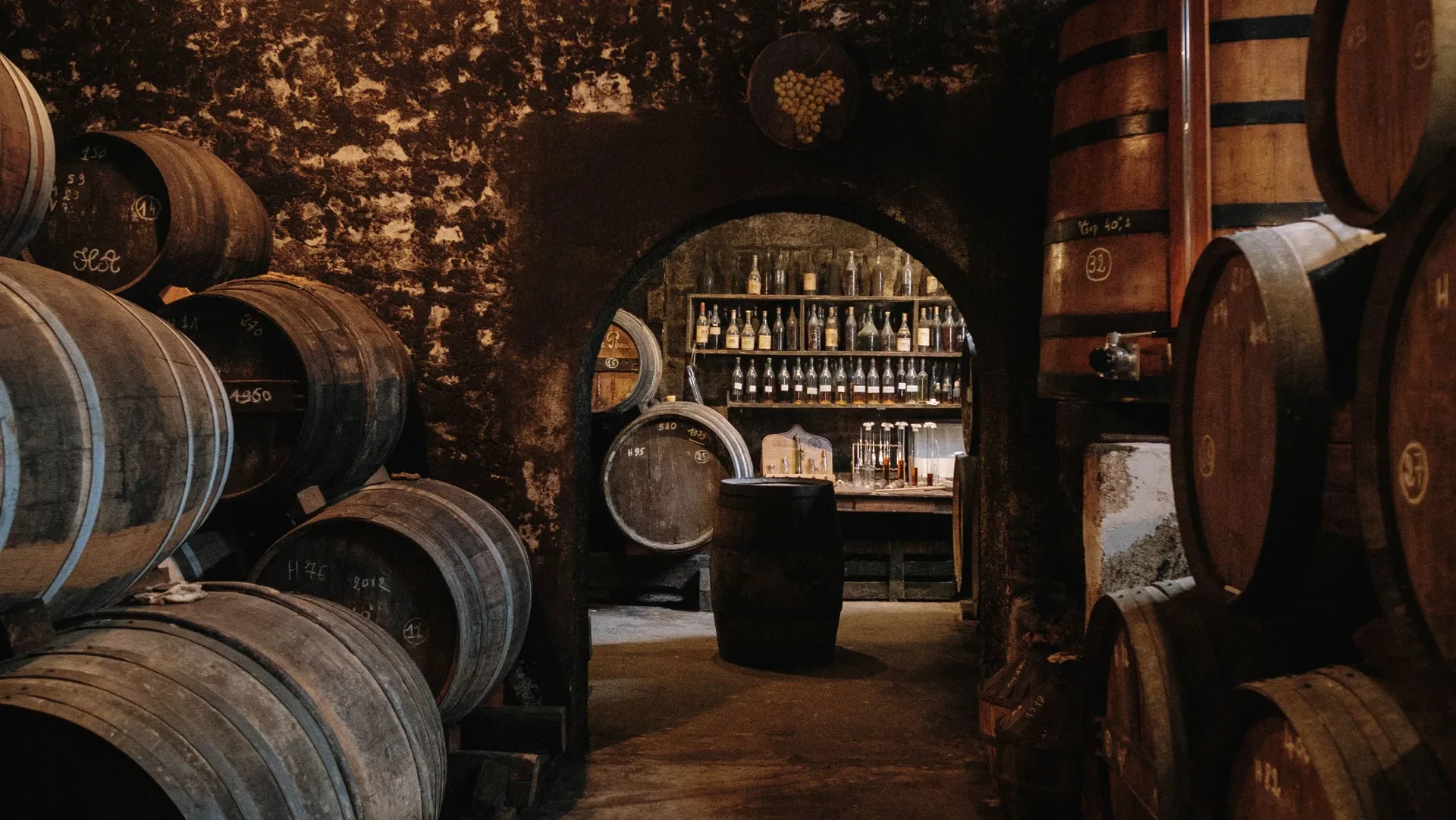
It’s also at Segonzac that a rare rural university can be found: le Centre International des Spiritueux. Students of every nationality study for a degree in law, management and the commerce of eaux-de-vie and spirits.
A Cittaslow town
Segonzac is the first French town to acquire the “Cittaslow” label: a commune where life is enjoyable. It recognises towns and villages that are concerned both about the environment and quality of life.
